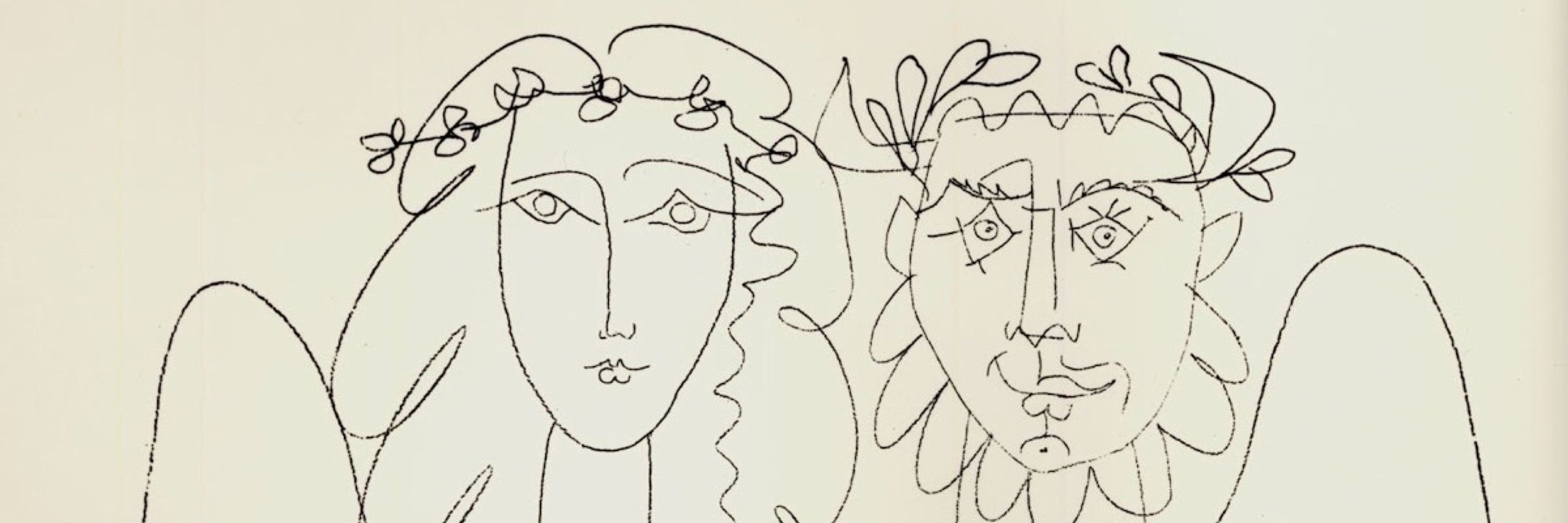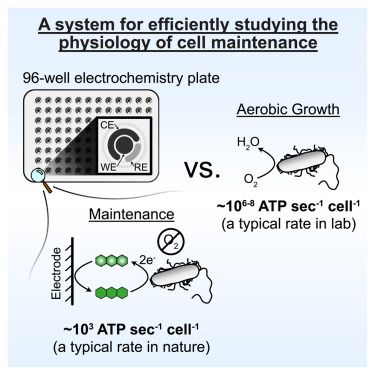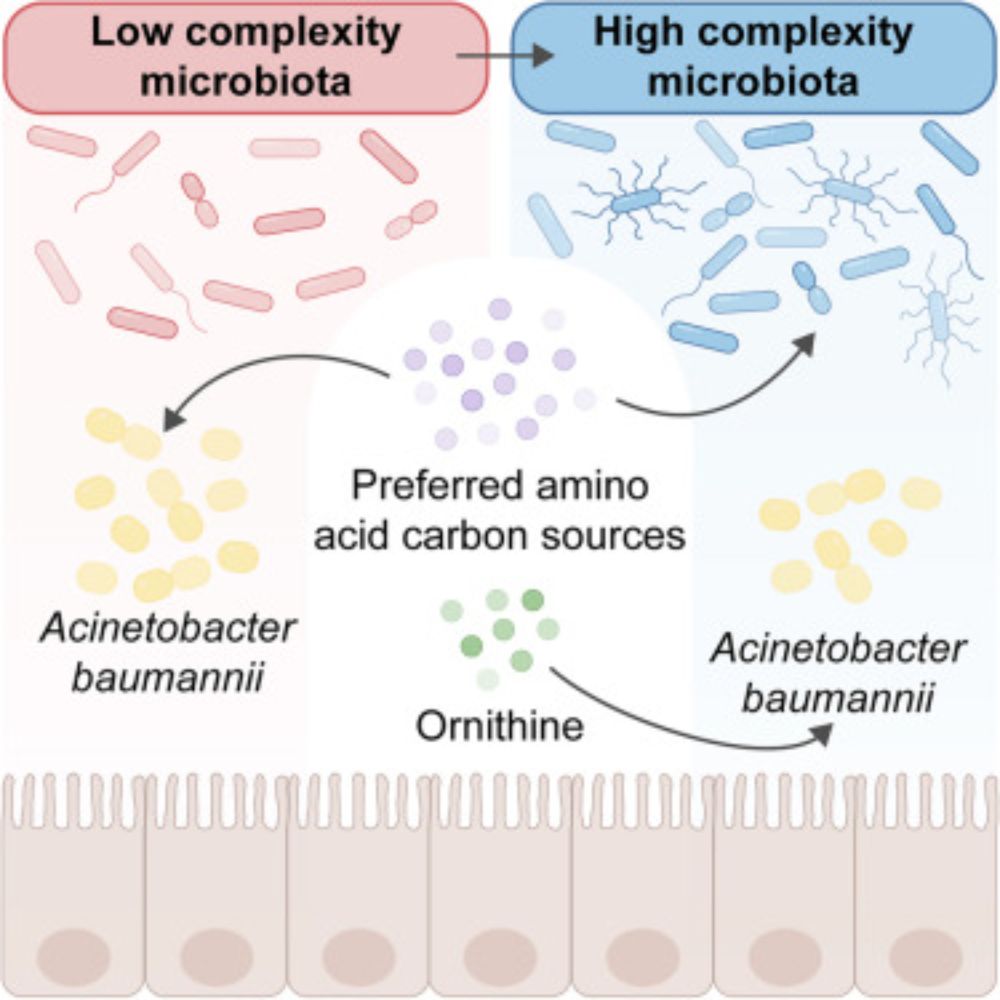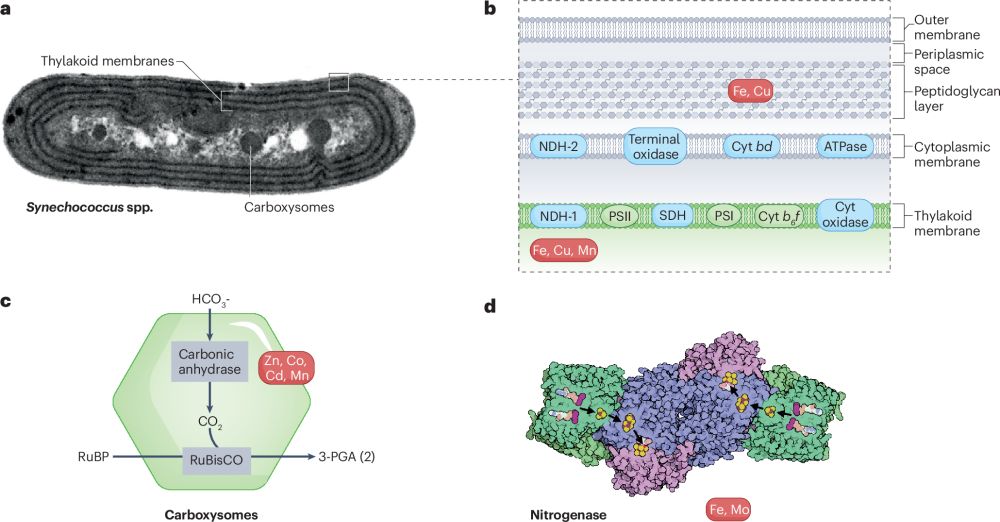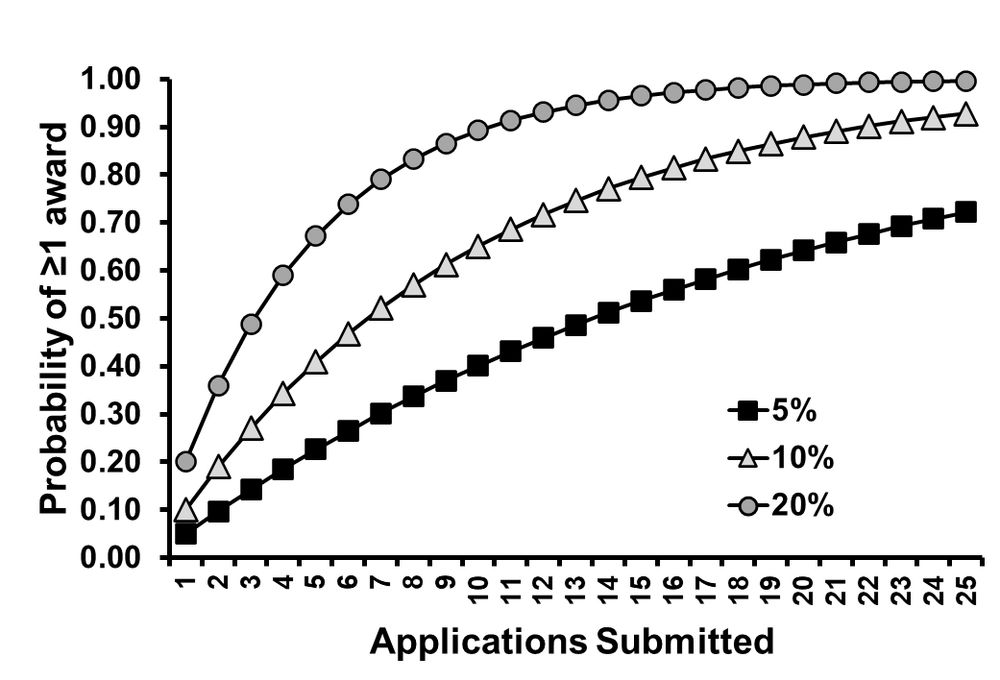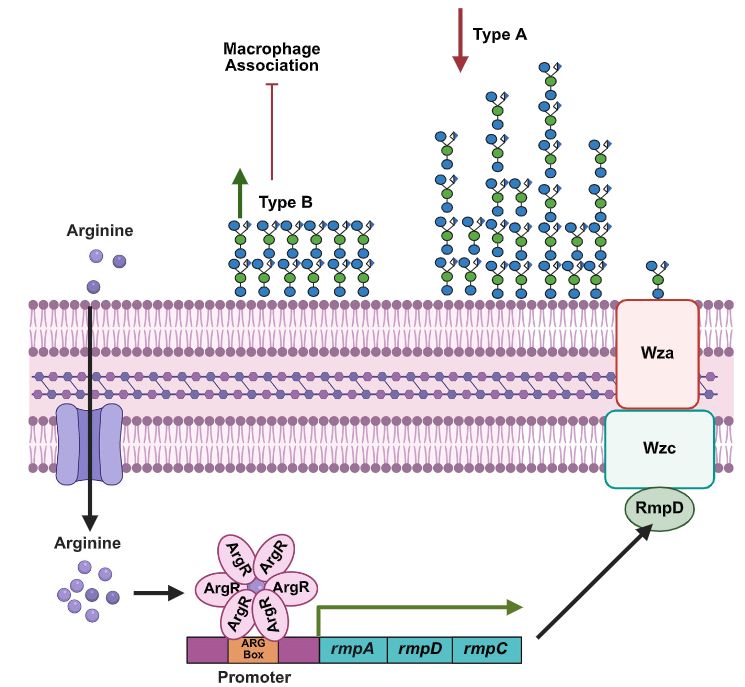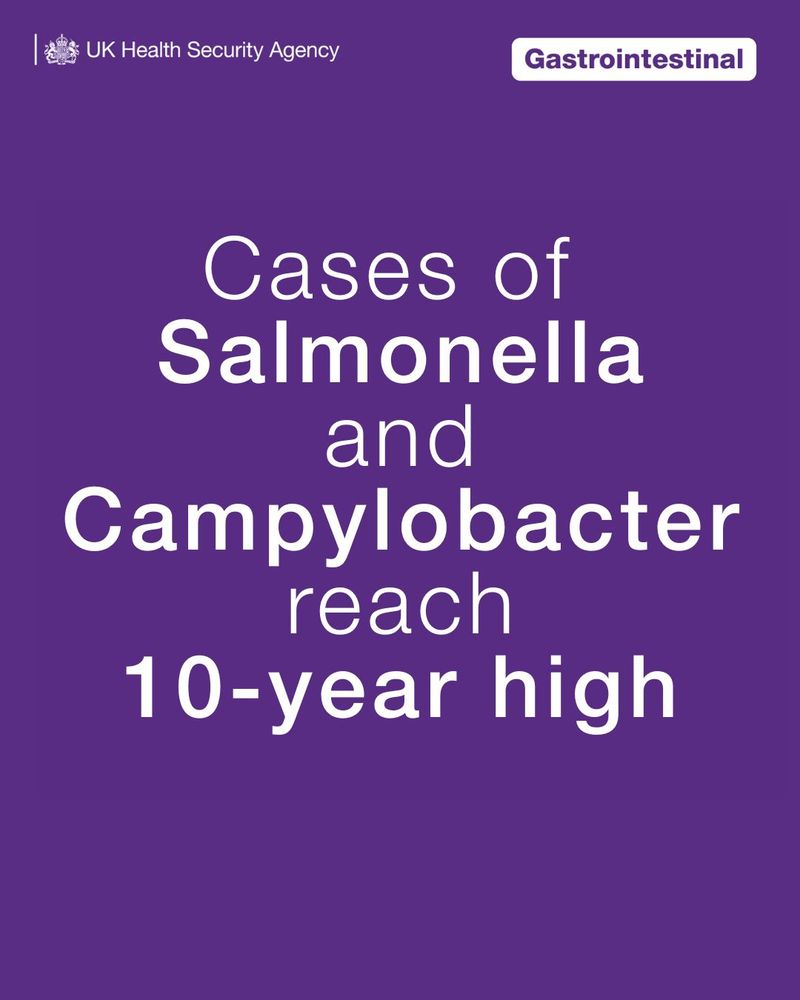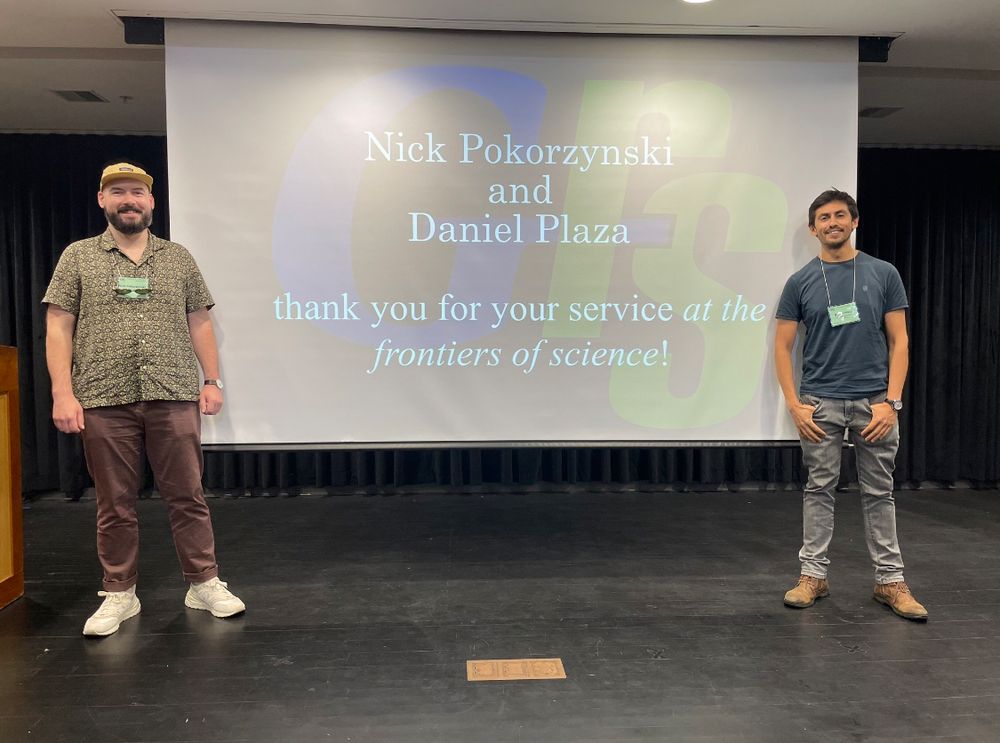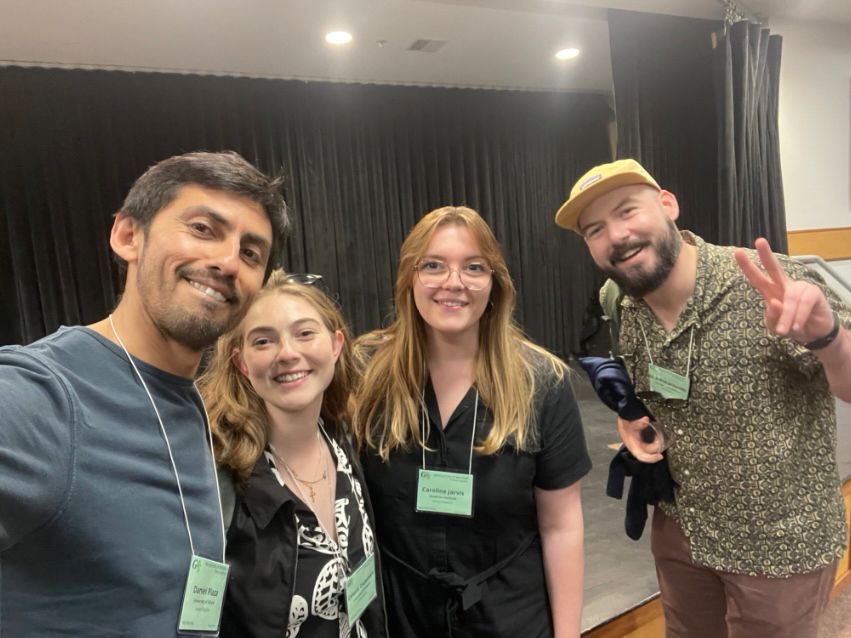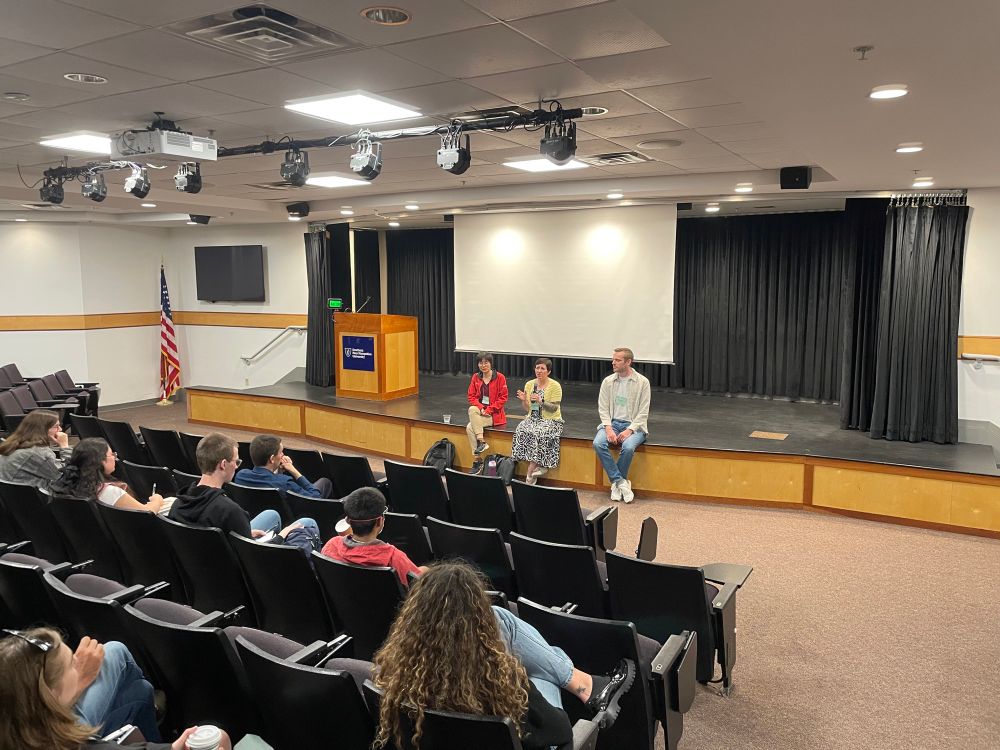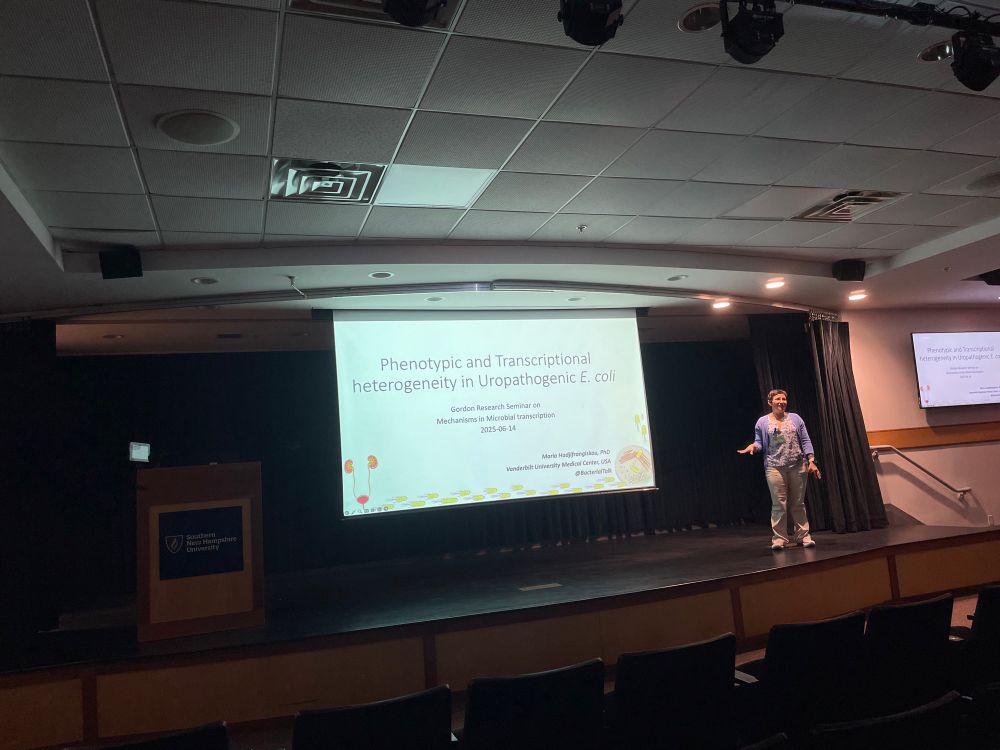Nick Pokorzynski
@npokorzynski.bsky.social
240 followers
390 following
110 posts
Asst Professor @ Oregon State University Dept of Microbiology | Formerly Postdoc @ Yale | Investigating the metabolic basis of bacterial virulence | he/him | Views = mine
https://pokorzynski-lab.squarespace.com/
Posts
Media
Videos
Starter Packs
Reposted by Nick Pokorzynski
Heather Feaga
@heatherfeaga.bsky.social
· Aug 19

Conservation and evolution of the programmed ribosomal frameshift in prfB across the bacterial domain | mBio
Translation termination is catalyzed by one of two release factors in bacteria, RF1 or RF2. It has been known for decades that RF2 levels in Escherichia coli are regulated by a programmed ribosomal frameshift within the prfB gene that encodes RF2. We ...
journals.asm.org
Reposted by Nick Pokorzynski
Reposted by Nick Pokorzynski
Reposted by Nick Pokorzynski
Reposted by Nick Pokorzynski
Jeremy Berg
@jeremymberg.bsky.social
· Jul 22
Reposted by Nick Pokorzynski
Jeremy Berg
@jeremymberg.bsky.social
· Jul 22
Reposted by Nick Pokorzynski
Reposted by Nick Pokorzynski
Reposted by Nick Pokorzynski
Reposted by Nick Pokorzynski
